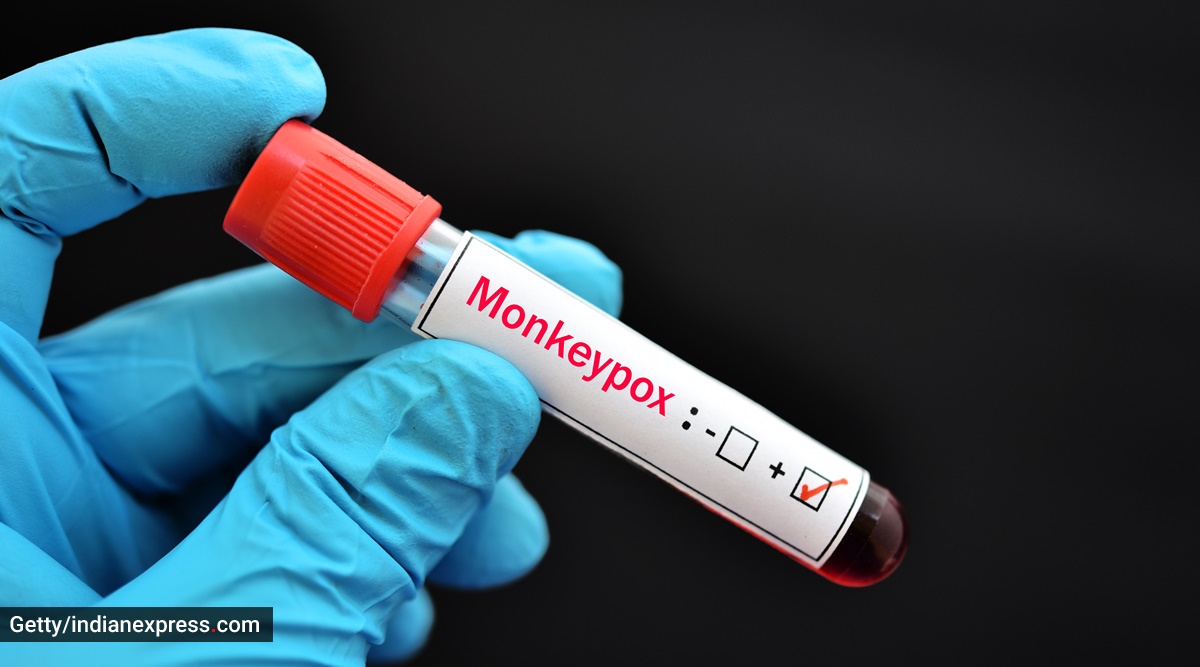 There are frequent outbreaks of old diseases that are rapidly increasing in incidence and territoriality over the last two decades. (Source: Getty Images/Thinkstock)
There are frequent outbreaks of old diseases that are rapidly increasing in incidence and territoriality over the last two decades. (Source: Getty Images/Thinkstock)In June, for the first time in nearly 40 years, health officials in the UK identified a likely outbreak of polio in London. Alarm bells rang sharp as scientists discovered the outbreak through an indirect route, finding multiple versions of the virus in sewage water. Although the UK Health Security Agency said the risk to the general public is extremely low, because the vast majority of people in Britain are vaccinated against polio during childhood – and therefore protected against infection – it asked anybody not fully immunised to schedule an appointment right away.
This is not just an isolated example. There are frequent outbreaks of old diseases that are rapidly increasing in incidence and territoriality over the last two decades. These include HIV infections, SARS, Lyme disease, Escherichia coli, hantavirus, dengue fever, West Nile and the Zika virus. These are all re-emerging diseases, defined as those that re-appear after they have been on a significant decline. The re-emergence may happen because of a breakdown in public health management, mutation of microbes into immune-escaping variant strains and a slowdown in vaccine upgrades and research. Monkeypox may be making the headlines but it is an alarm call about old infections resurfacing aggressively and the need to not drop guard or de-prioritise vaccine development and research just because the disease has ebbed.
Says Dr Chandrakant Lahariya, Vaccines and Infectious Diseases specialist, New Delhi, “The emergence and re-emergence of diseases and the possibility of their spread beyond political boundaries is a constant reminder for every country to work to strengthen epidemic and pandemic preparedness and response. It is a reminder for stronger public health capacity and increased investment in this area. It is a reminder that a disease threat in one geography can be a risk to every other part of the world. While there are diseases for eradication and elimination targets, specific efforts need to be made to achieve those targets. There are many pathogens, the viruses and bacteria, with whom we have to live. For those, early detection through disease surveillance systems, effective containment and case management has to be approached. Weakening immunity in settings where vaccination has stopped is the reason for the return of old epidemics. We need to prioritise public health management as a continuous drill or else we will be struggling with every wave that comes.”
Management interventions are what virologist Prof Gagandeep Kang, The Wellcome Trust Research Laboratory, Division of Gastrointestinal Sciences, Christian Medical College, Vellore, advocates. “The scale of increase of any disease is entirely dependent on the interventions made. These include education of the public and the medical profession so that Monkeypox is recognised and diagnosed, contact tracing to identify others who might be infected and isolation until all the skin lesions heal. If and when vaccines and drugs are available, they can be used as well, but by and large Monkeypox in the general population can be managed by public health measures and supportive treatment for those in whom the symptoms are severe. Moving over from 10,000 cases to over 100,000 cases is certainly possible but whether we will get to a million or more globally depends entirely on what all countries do for diagnosis and isolation.”
Subscriber Only Stories
Are climate change and melting of ice caps to blame as some reports suggest? “The reasons for emergence of diseases are largely understood and include deforestation, climate change, rising temperatures, unplanned urbanization, indiscriminate use of antimicrobials and sale of live wild animals. These are areas on which a lot can be done, which will reduce the risk,” says Dr Lahariya. The overuse of antibiotics has certainly extracted a huge price. “The overuse of antibiotics has led to disease-causing microbes becoming resistant to medicines. Little wonder then that diseases that once were treatable and controllable need new protocols to be tamed,” says Dr Lahariya.
Considering that everything is now a traveller’s disease, should governments be looking at new protocols? “The way international travel used to happen has already changed a lot. However, I am confident that we will find the middle path. However, more important is that the world takes Monkeypox as a wake-up call and a reminder that the promises made during COVID-19 waves remain unfulfilled. It is time for action,” adds Dr Lahariya. Besides, at the individual level, each of us needs to be aware about preventive protocols considering that the number of people travelling internationally is increasing every year with more people taking trips to remote parts of the world. That’s the reason why travellers are picking up previously unknown diseases and becoming super spreaders. So we have to be informed about prevailing outbreaks and health risks in destination countries before travelling, even if we have a multiple travel history with them. Get immunised and take preventive medicines as far as possible. And what holds good for the pandemic should become a social ritual — that of masking, social distancing and maintaining body hygiene.
- The Indian Express website has been rated GREEN for its credibility and trustworthiness by Newsguard, a global service that rates news sources for their journalistic standards.

